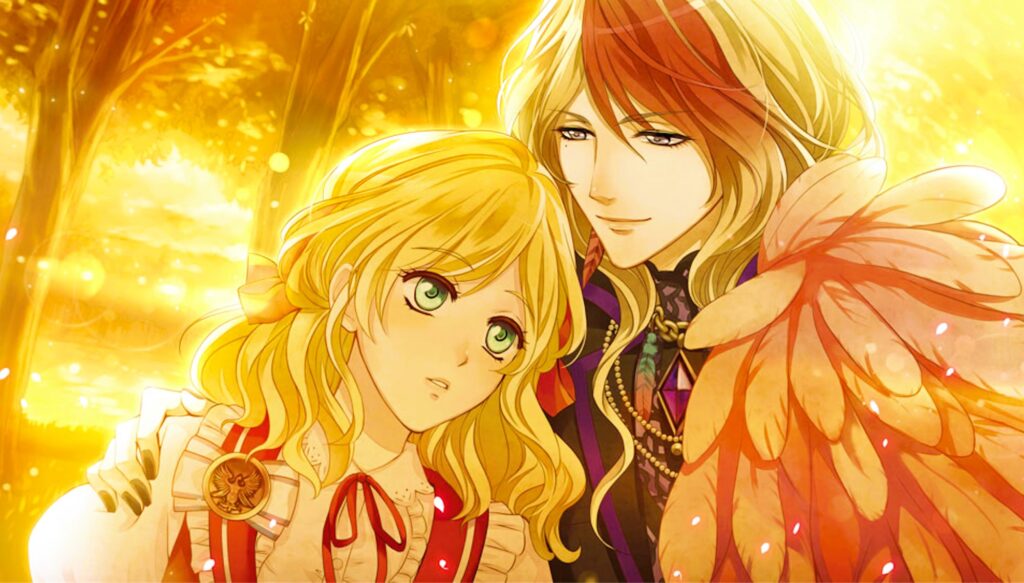Otome games, the romantic visual novels that have gained popularity worldwide, offer players a chance to immerse themselves in love stories where their choices affect the outcome. But how are these games created? We spoke with an otome game developer to explore the process behind crafting these emotionally engaging games.
The Inspiration Behind Otome Games
The development of otome games begins with a passion for storytelling. “We aim to create emotional, immersive experiences that allow players to explore romance in different settings—whether it’s fantasy, historical, or contemporary,” the developer explained. The key to a successful otome game lies in building compelling characters and storylines that players can connect with emotionally.
The Development Process: From Concept to Game
Creating an otome game is a multi-step process. It begins with conceptualizing the story and setting. “We brainstorm the core concept first, whether it’s a fantasy world or a romantic adventure in a modern-day setting,” the developer said. Once the concept is decided, the focus shifts to creating characters with unique personalities and backstories.
“Character design is crucial. Not only do the characters need to look appealing, but they also need to be relatable,” the developer shared. “Each character must have their own personality, desires, and flaws. It’s what makes them feel real.”
Dialogue writing is another critical element. As otome games involve player decisions, every piece of dialogue must be crafted to reflect the player’s choices and the characters’ responses. “The dialogue should feel personal and impactful. Every choice needs to affect the flow of the story,” the developer added.
The Art and Music: Setting the Mood
Art plays a significant role in otome games. The visuals help bring the characters and world to life. “Art creates the emotional tone of the game. For example, a character’s appearance—like their expression—helps players understand their personality,” the developer explained.

Music also enhances the emotional experience. “The soundtrack is designed to complement the scene. Whether it’s a sweet moment or a dramatic conflict, music amplifies the emotion,” the developer said. Voice acting further helps bring characters to life, allowing players to connect on a deeper level.
Testing and Launch
Once the game is developed, it undergoes rigorous testing to ensure it works smoothly. The developer explained that quality assurance teams check for bugs and inconsistencies, while playtesting ensures the narrative is engaging.
When it comes to launch, the process is always exciting but nerve-wracking. “We hope players will love the game, but we also pay attention to feedback for future improvements,” the developer said. Read about why Otome games are a great way to escape reality? Read more in this article.
Challenges and Rewards
Creating otome games is a challenging process. The developer pointed out that balancing fan expectations with fresh ideas can be tricky. “Fans have high expectations, but we strive to innovate while staying true to what makes otome games special.”
However, the rewards are worth it. The developer shared that seeing players emotionally invest in the game is one of the most rewarding aspects of the job. “When players connect with the characters or tell us that they cried, it makes all the hard work worth it.”
Developing otome games is a challenging yet rewarding journey that requires creativity, hard work, and a deep understanding of what makes romantic stories resonate with players. Through compelling characters, engaging narratives, and immersive visuals, otome games offer players a chance to experience romance in a unique, interactive way.
To learn more about otome games, check out this Wikipedia article.

